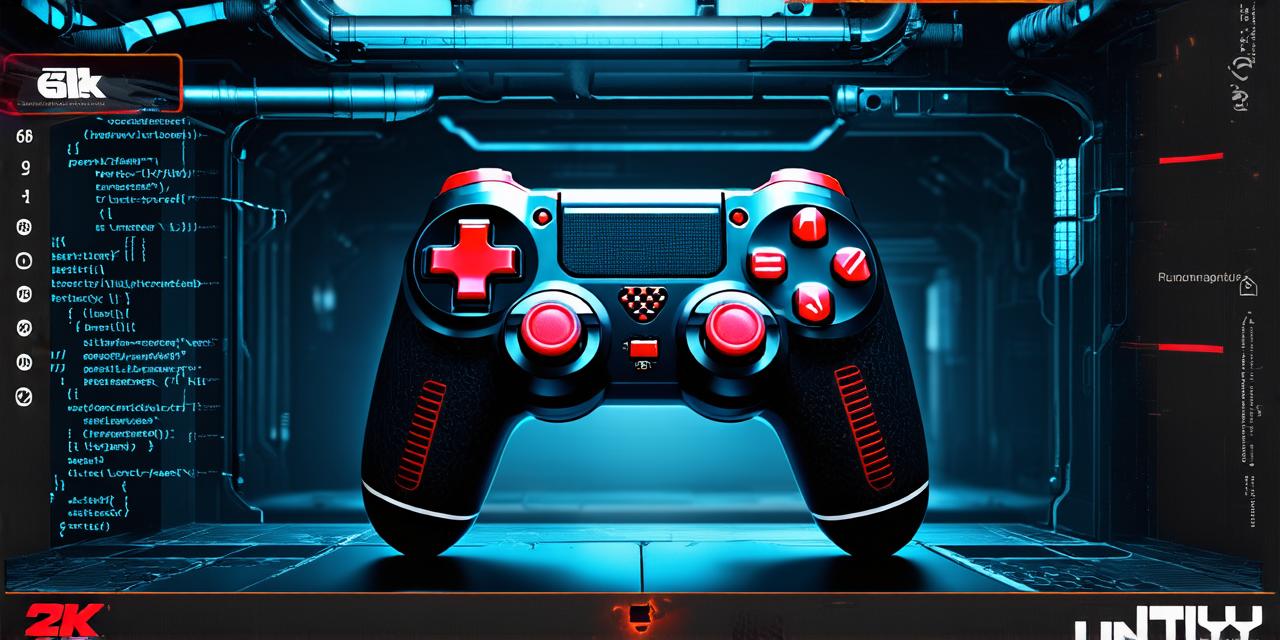
Are you looking to create a captivating and intellectually stimulating 3D puzzle game? Look no further than Unity, the powerful and versatile game engine that enables developers to bring their creative visions to life. In this comprehensive step-by-step guide, we will take you through the process of creating a 3D puzzle game using Unity, providing valuable insights and tips along the way to optimize your game for maximum engagement and virality.
Before We Begin: Understanding the Basics of Unity
Unity is a cross-platform game engine that enables developers to create games for a wide range of devices, including PCs, mobile devices, and consoles. It offers an extensive set of tools and features that make it easy to develop engaging and challenging games, including 3D modeling, animation, physics simulation, and more.
To get started with Unity, you will need to download the engine and create a new project. You can do this by visiting the Unity website and following the instructions for your platform. Once you have created your project, you will be presented with a default scene that includes a cube and a camera.
Step 1: Designing Your Puzzle Game
The first step in creating a 3D puzzle game is to design the game mechanics and rules. This involves brainstorming ideas for puzzles, deciding on the game’s overall theme and style, and determining the target audience.
When designing your puzzle game, it’s important to keep in mind that the game should be challenging but not frustrating. The puzzles should be difficult enough to keep players engaged, but not so difficult that they become frustrated and lose interest. Additionally, it’s important to ensure that the puzzles are logically progressing from one level to another, creating a sense of flow and pacing in the game.
Step 2: Creating Your Puzzle Assets
Once you have designed your puzzle game mechanics and rules, the next step is to start creating the assets that will make up your game. This includes 3D models of the puzzles, textures, and other visual elements.
When creating your puzzle assets, it’s important to pay attention to detail. The puzzles should be designed to fit together seamlessly and look polished and professional. You can use a variety of tools and software to create your assets, including 3D modeling programs like Blender and Maya, as well as texturing and lighting software. Additionally, you can also consider using existing assets from the Unity Asset Store to speed up the process.
Step 3: Building Your Puzzle Game in Unity
Now that you have your puzzle assets created, it’s time to start building your game in Unity. This involves setting up the scene, creating the puzzles, and adding interactive elements like buttons and switches.
When building your puzzle game in Unity, it’s important to pay attention to the game’s flow and pacing. The puzzles should be presented in a logical order that builds on each other, making the game more challenging as players progress through the levels. You can also add hints and clues to help players overcome difficult challenges. Additionally, you can use Unity’s built-in physics simulation tools to create realistic interactions between puzzle pieces, adding an extra layer of challenge to your game.
Step 4: Optimizing Your Puzzle Game for Virality
To maximize the virality of your puzzle game, it’s important to optimize it for search engines and social media sharing. This includes adding relevant keywords to your title and meta description, using eye-catching images and videos to promote your game on social media, and encouraging players to share their progress with their friends and followers.
Additionally, you can also consider adding features like leaderboards, achievements, and rewards to encourage players to keep playing and sharing the game with others. This will help to increase the game’s longevity and attract new players over time. You can also use Unity Analytics to track player behavior and make data-driven decisions to improve your game.

Step 5: Testing and Iterating on Your Puzzle Game
Finally, it’s important to thoroughly test your puzzle game before releasing it to the public. This includes testing the game for bugs and glitches, as well as gathering feedback from beta testers and players to identify areas for improvement. You can use Unity’s built-in debugging tools to identify and fix issues quickly.

